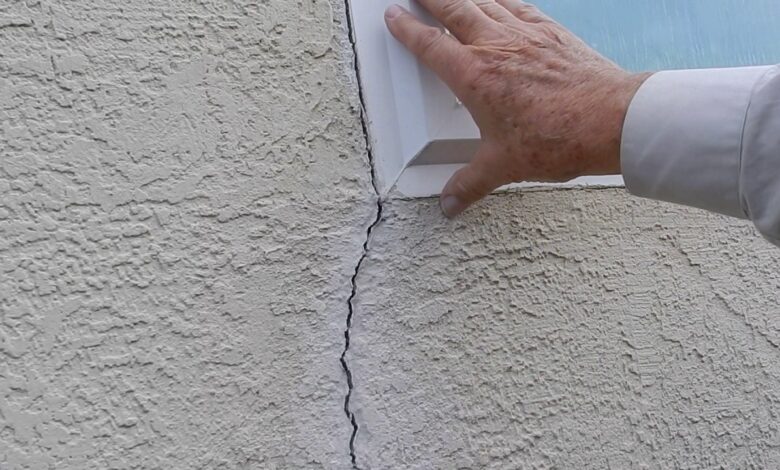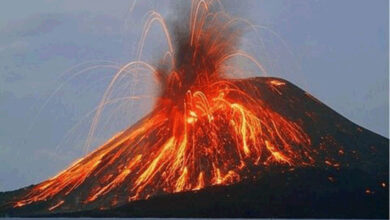Fixing the Most Frequent Stucco Issues: A Guide for Property Owners

It should be surprising that owning real estate, whether residential or commercial, comes with great responsibilities. From acquisition to maintenance, being well-informed is crucial to maximizing the value of your investment.
These responsibilities include choosing the right materials for your property. In this article, we will talk about stucco, its common problems, and how to fix them to aid you in making sound decisions for your property.
Stucco is an exterior wall finish that is frequently used in buildings. Cement, sand, lime, and water are combined to create strong and attractive exterior wall material. Multiple coats of stucco are put on a solid surface like a metal or wooden frame to achieve a desired smooth or textured appearance.
It protects structures from the elements and enhances their thermal efficiency while adding to their aesthetic value. Stucco can be colored any shade or left in its original white state, depending on your property’s overall design.
All in all, this type of finish not only enhances your estate’s efficiency and longevity but also lets you customize your walls. You can incorporate your design and color preferences with stucco.
However, while stucco is resistant to most forms of damage, it can still deteriorate over time. Stucco can deteriorate or be damaged by a variety of factors, including weather, faulty installation, structural settlement, and accidents.
Property owners should be aware of this possibility and take preventative actions to repair any problems with their stucco finishes if they care about their homes’ value or curb appeal.
Cracking
Stucco sometimes experiences cracking due to incorrect application, shifting temperatures, or settlement. First, clean the damaged area and use a high-quality stucco patching product to fill the cracks.
Larger cracks in stucco require investigation into their origins in order to be effectively repaired. Stucco can be repaired by applying a bonding agent and then many coats of patching compound.
If the cracking is severe or you do not want a DIY solution, calling in an expert and skilled Stucco Repair Philadelphia is your best choice.
Efflorescence
Stucco can develop efflorescence, a white powdery buildup, as water-soluble salts migrate to the surface. First, use a stiff brush and some water, and scrape the efflorescence off the affected region.
After a good washing, the stucco needs to dry out fully. To avoid further buildup, an efflorescence cleaner and sealer should be applied. Improving drainage and fixing water infiltration problems are two examples of effective moisture management that can help prevent efflorescence from returning.
Staining
Mold, mildew, algae, and the elements are just a few of the causes of discoloration in stucco. The first step in cleaning stucco stains is to determine what caused them. Stains on stucco walls are sometimes removable with a mixture of water and mild detergent.
Use a bleach and water solution on stubborn stains like mold and mildew, then rinse with clean water. Stucco can be protected from further discoloration with routine care, including shrub cutting and fixing any water problems.
Blistering
When air or moisture gets stuck between the layers of stucco, bubbles or blisters, form on the surface. Blistering stucco can be fixed by carefully removing the damaged area with a chisel or scraper.
Following that, investigate and fix the root cause, which might be anything from water infiltration to shoddy installation. A bonding agent and additional stucco layers will provide a flawless and long-lasting surface. Eliminating sources of excess moisture is essential for preventing further blistering.
Discoloration
Stucco discoloration can be caused by a number of factors, including weathering, chemical reactions, and time spent in direct sunshine. Cleaning the stucco surface with a pressure washer or a light detergent solution is the first step in removing discoloration.
If the yellowing persists, stucco paint or stain made for outdoor use can be applied to restore the color and give the surface a new look. If you want your paint or stain to last, make sure it is designed to work with stucco and has UV protection.
In conclusion, cracking, efflorescence, staining, blistering, and discoloration are typical problems for stucco despite its resilience. The beauty, durability, and protection of stucco surfaces can be maintained and preserved for decades to come if the causes are understood and appropriate restoration procedures are taken.





